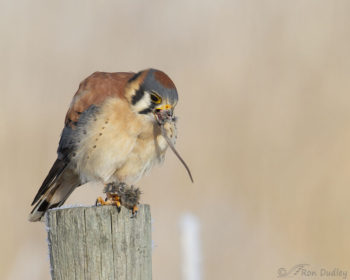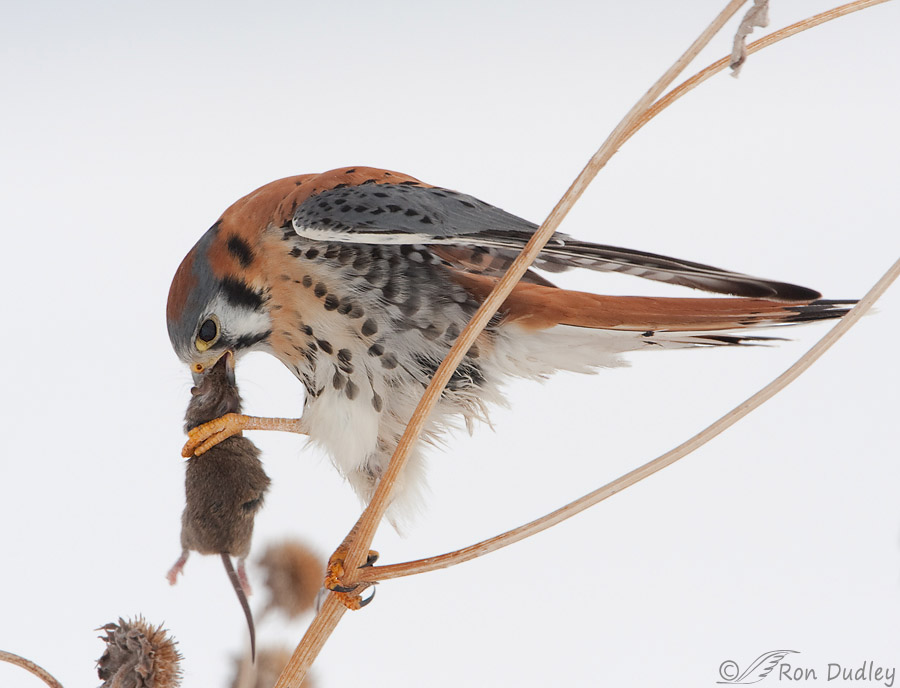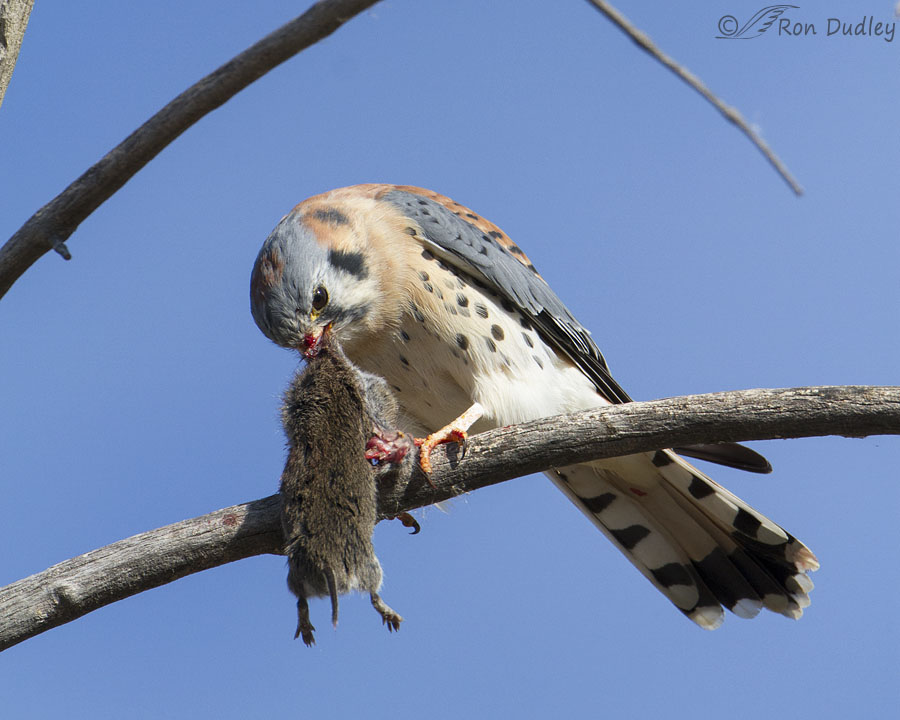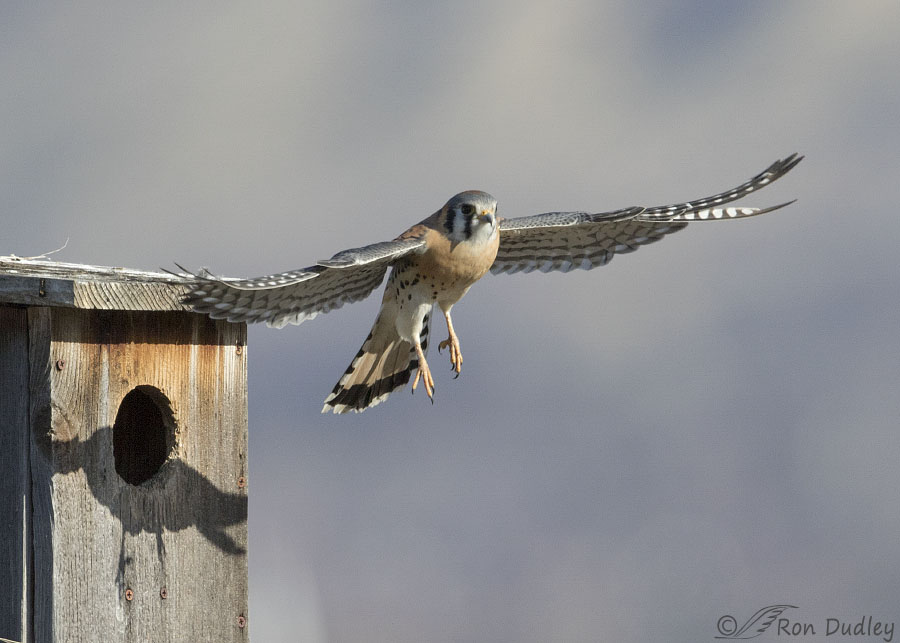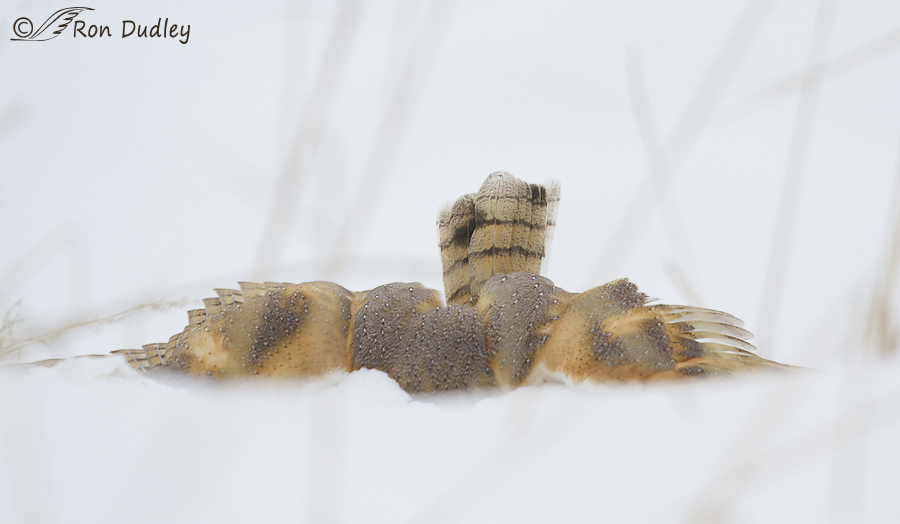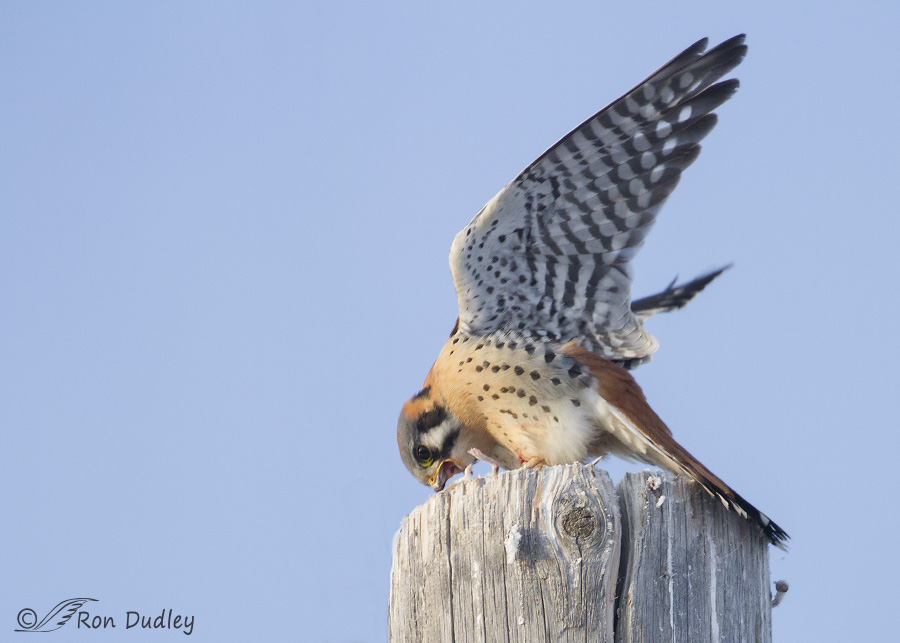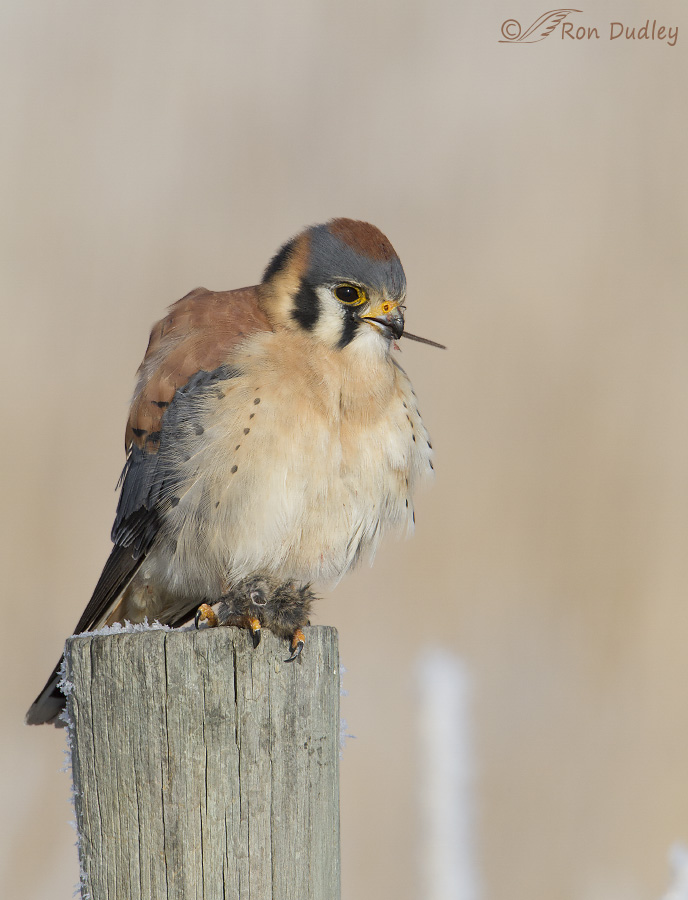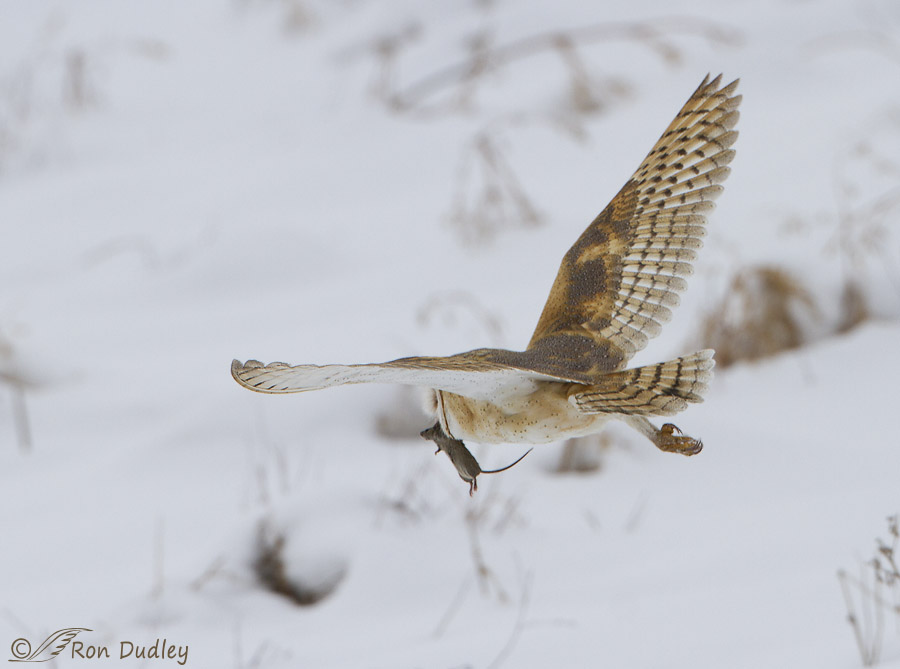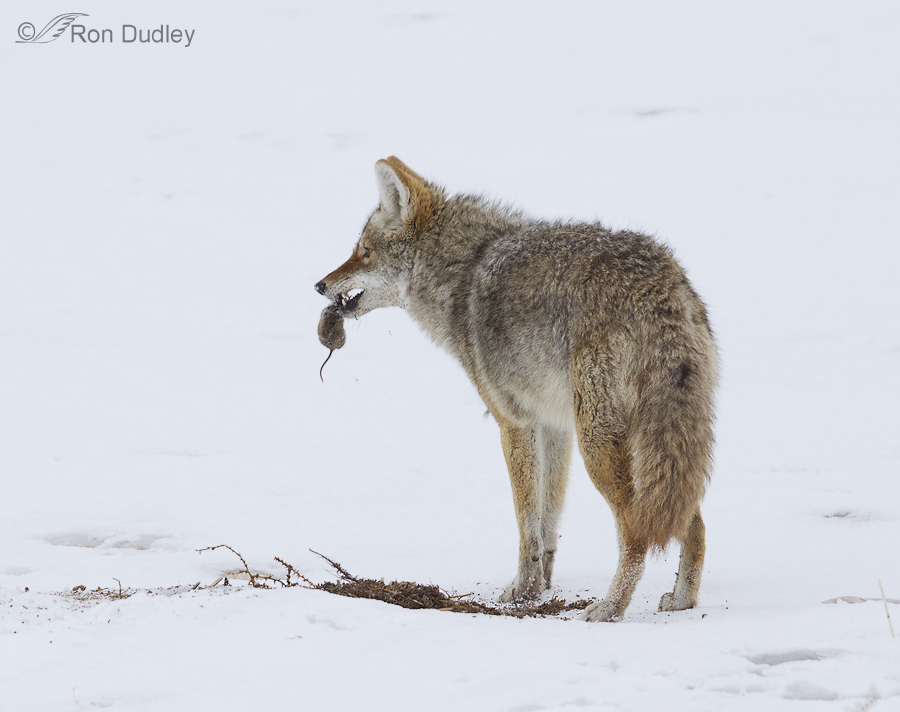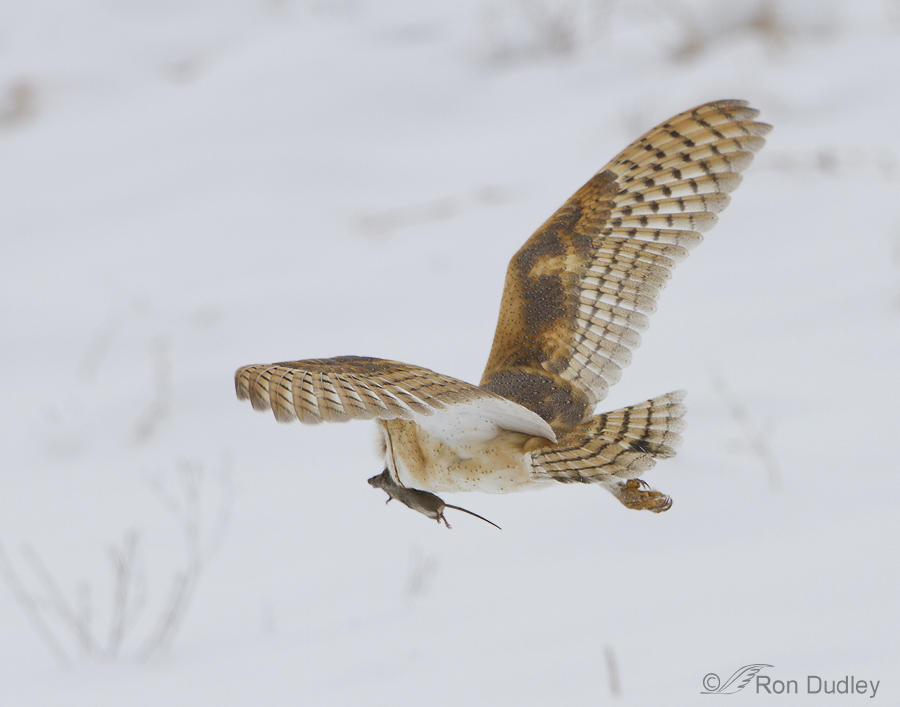Tag: mouse
The Killing Bite Of The American Kestrel
American Kestrel Struggling To Feed On A Large Vole
Male American Kestrels Getting Some Tail
Barn Owl With Prey In The Snow
A Startled American Kestrel
Male American Kestrel Trying To Swallow A Frozen Tail
Barn Owl Hunting Rodents
Coyote – Sometimes The Prey Bites Back
One Shot, Two Butts – Three times!
Getting Close To The American Kestrel
One of the first lessons bird photographers learn (often to their great frustration) is that you must get close to your subject in order to get good detail. Very close. Even if you’re shooting with a long, expensive lens. And getting close usually ain’t easy! Large crops rob detail. I’m of the opinion that cropping away any more than about 50% of the image generally does unacceptable damage to image quality. Some species are relatively easy to approach – around here American Robins, Mourning Doves and House Finches come to mind. Other species have a reputation of being particularly skittish and at the top of that list for many photographers is the American Kestrel – a strikingly beautiful little falcon that is found throughout most of North America. For many years I’ve posted bird images on an internet avian critique forum and whenever I’d post a shot of a kestrel I’d invariably get comments that went something like this: “How in the world did you ever get this close to a kestrel? I always see them perched up high on poles or wires and whenever I even begin to get close they fly away”. Well, here’s the secret – photograph them when it’s cold. Very cold! That means in the depths of winter. It also means in the early mornings on those days when it’s coldest of all. I’ve found that many species of birds are more reluctant to fly in the cold but that tendency seems to be magnified with the kestrel. I’m not sure why but as a photographer I’m more than happy to…
American Kestrels – What They’ll Eat and What They Won’t.
I’ve always found it fascinating to watch these little falcons eat. A gruesome experience to be sure but so much more interesting than observing a raptor such as an owl who simply swallows its prey whole. And if you watch carefully there’s a whole lot more going on during the process than first meets the eye. Kestrels can be pretty picky eaters. I’ve documented in another post on this blog that they often refuse to eat the intestinal tract of their prey and deliberately discard it. Kestrels, like other raptors, eject pellets of indigestible materials like fur, feathers, chitin and bone. All food that is swallowed first goes to the crop. From there the usable food continues on to the stomach but the indigestibles stay in the crop, are formed into a pellet and regurgitated roughly 23 hours (in the case of kestrels) after the meal was consumed. Canon 7D, 1/800, f/7.1, ISO 640, 500mm f/4, 1.4 tc The kestrels I’ve watched eating voles and mice typically eat the brain, decapitate the rodent, then go for the soft internal protein rich muscles and other organs (discarding the intestines). Since kestrels tear their prey into bite-sized pieces they can pick and choose what they actually swallow. Canon 7D, 1/400, f/8, ISO 640, 500mm f/4, 1.4 tc Pellet expulsion can be difficult and traumatic as I’ve documented elsewhere on this blog with Northern Harriers and I suspect that’s one of the reasons that kestrels try to avoid swallowing as much fur as possible. When opening up the body cavity they often get a beak-full of…
American Kestrel – The Killing Bite
I have watched American Kestrels consume their prey up close many times. Usually that prey has been a vole but occasionally it’s been a small bird or mouse. But until this day the prey had always been already dead when I arrived on the scene. It was cold and snowy when I spotted this male kestrel with a mouse (I was surprised it wasn’t a vole) that was still very much alive. As a side note I want to add here that this kestrel was not baited. Many photographs are taken of raptors when they’ve been baited by mice (they can be bought at pet stores) that have been provided as an enticement by the photographer. That was not the case here – I do not bait. Male kestrel with live mouse It was obvious that the mouse was alive because it was struggling slightly, its tail was twitching and its eyes were open. In my experience these birds often prefer a more stable perch than this while they eat their meal – something like a fencepost or pole that provides some kind of platform from which to eat. So I didn’t think he would eat the mouse here and I was right. He gave me time for a few quick shots and then flew off to another perch. Kestrel on second perch He didn’t go far however and I was able to approach him again. This next perch was also precarious to eat from because the wind was blowing and both perch and bird were swaying in the breeze. …


